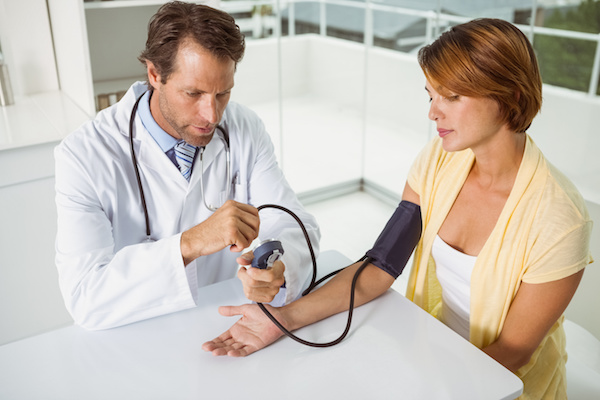
THURSDAY, July 14 (HealthDay News) — Young American adults with low incomes and less education are at increased risk for high blood pressure, a new study finds.
In the United States, nearly one in five young adults 24 to 32 years old has high blood pressure. To help determine why, Duke University Medical Center researchers examined data from more than 14,000 young adults participating in the 2008 National Longitudinal Study of Adolescent Health.
“The rates of obesity and high blood pressure in this young adult population are striking, and our findings provide a clearer picture of who appears to be at highest risk,” lead author Beverly Brummett, an associate research professor, said in a Duke news release. “Those with low education and income tended to be more overweight and exercised less, and in turn had higher blood pressure.”
But, Brummett added, “it wasn’t all good news for people with higher education and incomes. Young adults with higher income and education tended to have higher alcohol intake, which is strongly related to elevated blood pressure.”
She and her colleagues said programs to encourage weight loss and exercise to reduce resting heart rate could reduce the effects of low income and less education among young adults, and these benefits would extend into middle and older adulthood.
Study co-author Dr. Redford Williams had some other advice.
“People in this age group should stop smoking, drink no more than two servings of alcohol per day, exercise regularly and get in the habit of monitoring their blood pressure,” said Williams, who directs Duke’s Behavioral Medicine Research Center, in the news release.
Routine monitoring of blood pressure should begin at a young age, Brummett advised. Although nearly 20 percent of young adults had high blood pressure, only 11 percent had been told that by a doctor.
“Waiting until middle age, as many people do, may be too late,” she said.
The study appears in the July issue of the journal Hypertension.
More information
The American Heart Association has more about high blood pressure.

